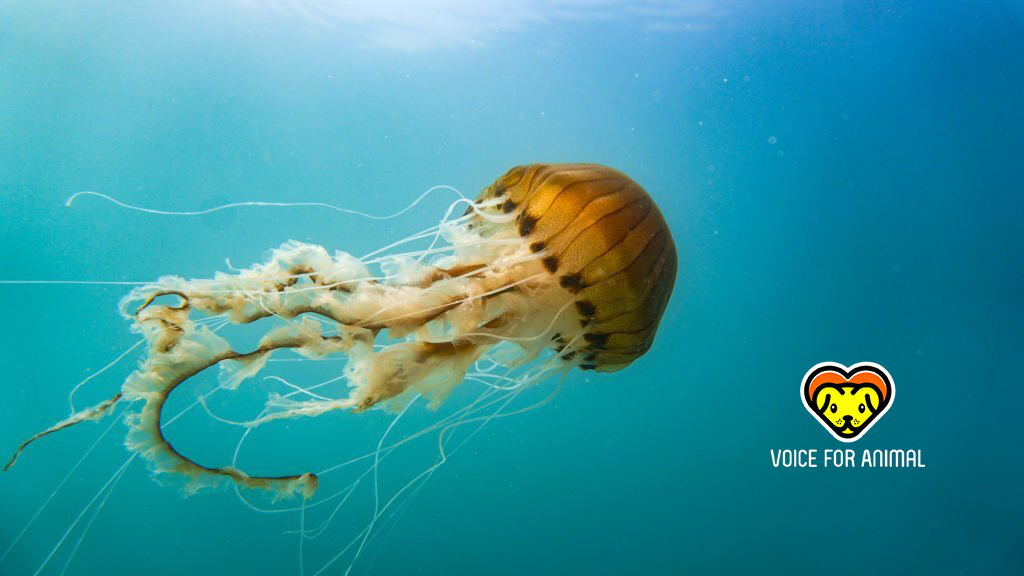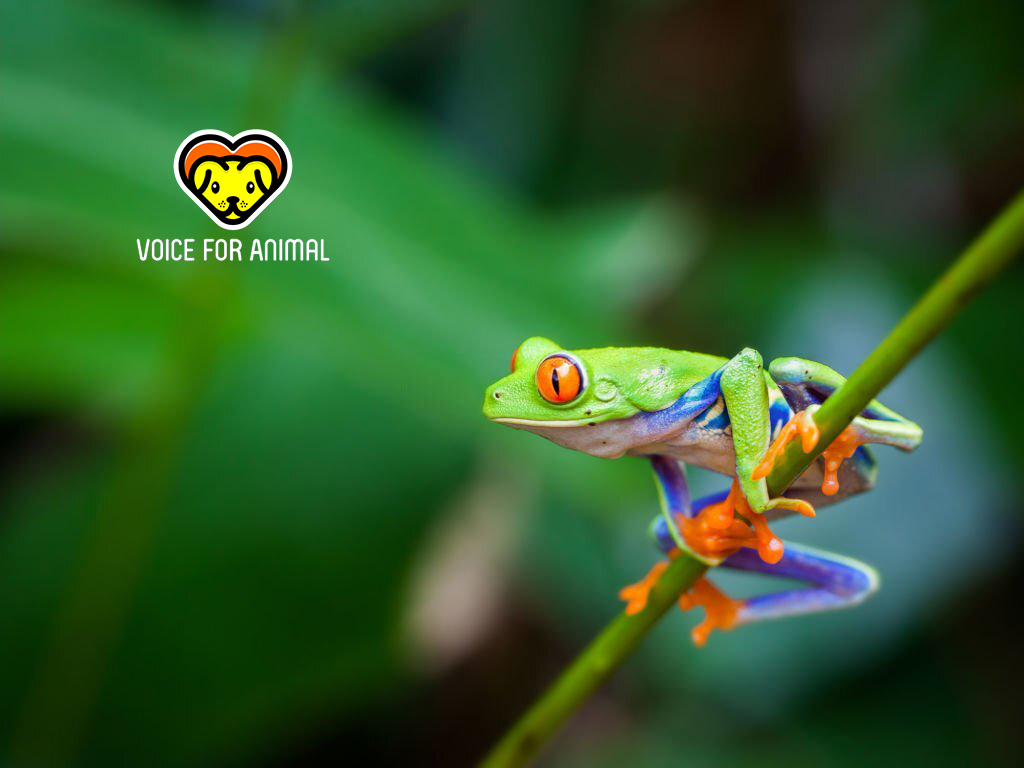Invertebrates and Vertebrates
Definition for invertebrates is animals who haven’t a vertebral column, or backbone, in contrast to the cartilaginous or bony vertebrates. Vertebrates are who have backbone and spine. We can find several phyla of invertebrates and vertebrates. Invertebrates phylum are Cnidaria, Platyhelminthes, Nematode, Annelid, Molluscan, Arthropoda and Echinoderm. All phylum-Chordata animals are vertebrates. The vertebrate classes are Chondrichthyes, Osteichthyes, Amphibian, Reptilian, Ave and Mammalian.
Invertebrates
Invertebrates are animals who haven’t backbone. Now we talk about the phylum of invertebrates.
Cnidaria
All animals in this phylum are aquatic. They live in saline-water or fresh water. These animals are diploblastic. In general, colonial forms having a hard endo or exoskeletons are corals and support a diverse array of organisms forming the most productive habitat in oceans, the coral ecosystems. The hydra, jelly fish, sea anemone and coral are familiar members in this phylum.
v Platyhelminthes
Platyhelminthes are worms like and dorsoventrally flattened. We can divide Platyhelminthes into four classes. Class Turbellaria includes all free-living forms, few commensals and ectoparasites. The other three classes are Monogenean, Trematoda, Cestoda include only parasites. Currently the more accepted theory suggests that Platyhelminthes originated from a group of unicellular, colonial ciliates. This phylum comprises about 25,000 species, including planarians, flukes and tapeworms.
Nematode
Phylum Nematode comes first, when consider the total number of living individuals in each animal phylum. Nematodes are triploblastic protostomes with bilateral symmetry. The unsegmented body is cylindrical and usually tapered at both ends. They are found in a variety of habitats and some are present in un usual habitats. Where ever they are found, they are often present in high abundance. Bunonema, desmoscolex, epsilonema and hook worms are some members in this phylum.v Annelid
Majority of annelids are aquatic, living in marine or freshwater habitats. Some inhabit terrestrial environments. They are bilaterally symmetrical, triploblastic protostomes. Annelids usually have an elongate cylindrical or sub-cylindrical body. Annelids possess a body cavity called a coelom. Phylum Annelida comprises some 12,000 species of invertebrates, including the earthworms and leeches.
v Molluscan
Molluscan is one of the most highly diversified invertebrate phyla including more than 50,000 living species and 35,000 fossil species. They are bilaterally symmetrical, triploblastic, coelomic protostomes. They are soft-bodied and unsegmented. The phylum includes animals of diverse appearance and habits. These animals are highly adaptive and occupy all possible habitats, except air. They are mostly marine, some are found in freshwater and a few are terrestrial. Snails, slugs, dentalium and chitons are some members in this phylum.
Arthropoda
Organisms with jointed appendages are placed in this phylum. In fact, Arthropoda means ‘jointed limbs’. This is also the only major invertebrate phylum with many members adapted for life in all areas of land, water and in air. Arthropods are bilaterally symmetrical, triploblastic, coelomate protostomes. They are segmented. Insects, spiders, scorpions, centipedes, crabs and mites are some of the members in this phylum.Echinoderm
Phylum Echinoderm members are exclusively marine. They have three special characteristic features. They are pentamerous symmetry, internal skeleton composed of calcareous ossicles and water vascular system. Echinoderms are marine bottom dwellers that inhabit shorelines, shallow seas, to the ocean depths. Some members in this phylum are starfishes, sea urchins, sand dollars, sea cucumbers, sea lilies and feather stars.Vertebrates
Vertebrates are
animals who have backbone and spiral. All Chordates are vertebrates.
Chordata
The Chordata is the largest deuterostome phylum. This includes more than 48,000 species. Chordates have five characteristics which distinguish them from other animals. These features are,
- The presence of an internal skeletal rod the notochord, placed above the alimentary canal.
- Having a dorsal tubular nerve cord.
- Having pharyngeal slits or pouches.
- The presence of a post anal tail, an extension of the body beyond the level of the anus.
- Ventrally located heart.
Also, chordate organization includes other features which are common to the other non-chordate phyla. These are bilateral symmetry, triploblastic, organ-system level of organization, metameric segmentation, cephalization, coelom and skeleton if present is an endoskeleton which is derived from mesoderm.
There are six
classes in this phylum.
v Chondrichthyes
The class Chondrichthyes appeared in the Devonian period. They are distinguished by the fact that their entire skeleton is cartilaginous throughout life. Therefore, they named as cartilage fishes. They are mostly marine predacious organisms. This class includes about 600 species of sharks, skates, rays and ratfishes.
v Osteichthyes
This class mostly known as bony fishes. Bony fishes inhabit fresh water as well as the sea. As the name bony fish suggests their skeleton is completely bony. The bony fishes are distinct in their scales, gills, operculum and fins. This class of fishes, including 25,000 species. The teleosts, lobe finned fishes and the lung fishes belong to this class.
v Amphibian
Amphibians can live in fresh water as well as on land. They are the first vertebrates to become adapted to life on land. All the features of amphibia arose in connection with life on land. Pentadactyl limbs are the most conspicuous feature which raised the animal above the land surface. The living salamanders, toads, frogs are limbless tropical caecilians are some members in this class.
v Reptilian
Reptiles comprise the majority of tetrapods alive today which have shelled eggs and embryonic membranes. Reptiles evolved as the first group of terrestrial vertebrates. Saurian, Serpentes, turtles, crocodiles, snakes are some animals in this class.
v Ave
In bird’s the entire anatomy is designed for flight and its perfection. They should have wings for propulsion. Bones must be light and hollow to reduce weight. All birds are members in this class.
v Mammalian
This class includes humans and all other animals that nourish their young
with milk. The mammals are characterized by warm bloodness and hairy skin.













Leave a Comment